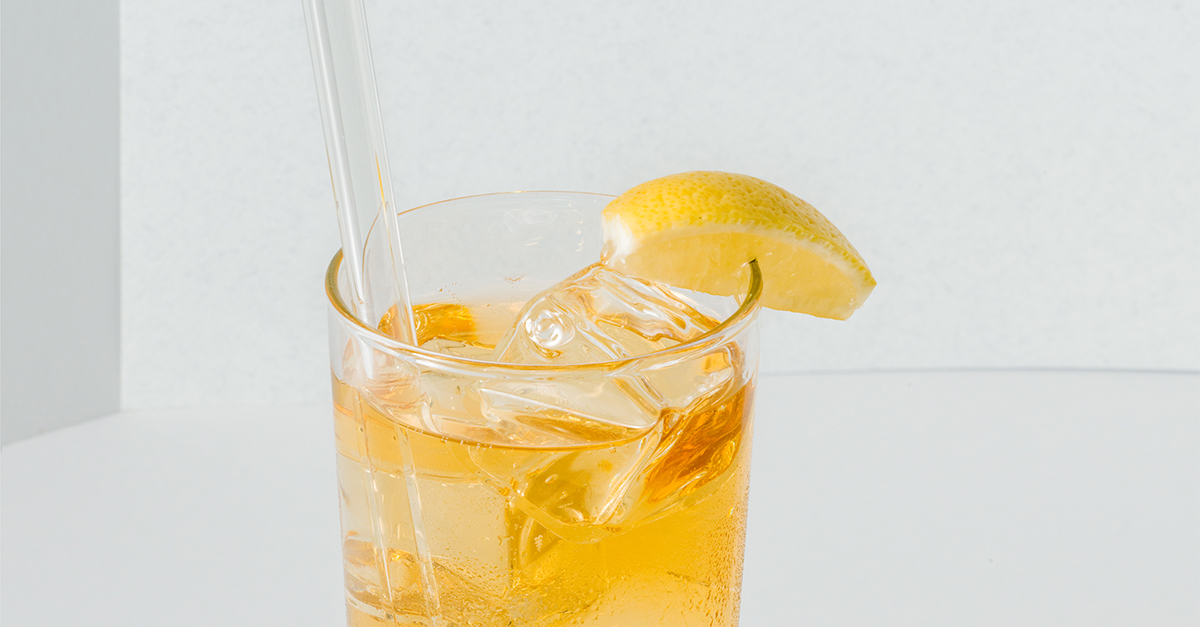The Story Behind The Whiskey Highball
The grandfather of all long drinks, this classic highball recipe is a great one to keep in your back pocket — especially for that one friend who claims, “I just don’t like whiskey.” The addition of soda water removes much of whiskey’s bite and burn, letting the nuance and delicacy of the spirit shine.
Back in the late 19th century, at a time when carbonated water was becoming more readily available, the English upper class discovered the delight of mixing it with brandy. This experimentation soon spread to Scotch, and soon, the classic Scotch and soda was born.
In his “The Official Mixer’s Manual,” published in 1934, Patrick Gavin Duffy claimed to have been the first person to bring the highball to the United States in 1895. According to cocktail historian David Wondrich’s book “Imbibe!,” by 1900, the Scotch Highball was the “most fashionable drink in America.”
The name “highball” can also be traced back to American expansionism and the rise of the train industry. In “The Joy of Mixology,” Gary Regan connects the drink’s recipe to the sound the train whistle a conductor makes when there is sufficient water in the tank: two short whistles and one long — reminiscent of the drink’s composition of two ounces of whiskey and one long pour of soda.
Its simplicity makes the whiskey highball ideal for riffing, but in its simplest form, the drink is made with just whiskey, soda, and lemon. The latter is essential to the drink, perfuming it with zesty citrus and adding dimension to the otherwise simple sipper.
Ingredients
- 2 ounces whiskey
- 4 ounces club soda
- Garnish: lemon wedge
Directions
- Fill a highball glass with ice.
- Add the whiskey followed by the club soda.
- Stir gently and garnish with lemon wedge, squeezing it if you wish.
Recipe Rating



